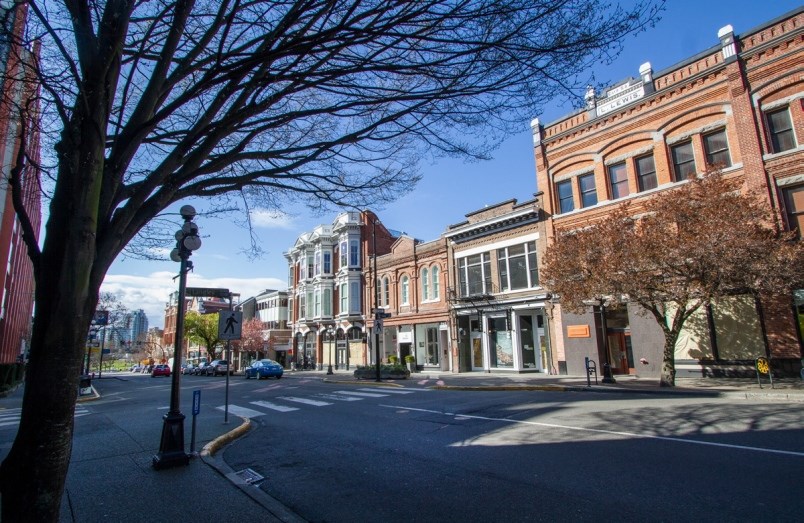B.C. is taking the right approach to messaging during the pandemic to ensure British Columbians follow public health recommendations, says a University of Victoria psychology professor.
The province has embraced a somewhat unique approach, imposing a small number of official restrictions compared to other provinces and other countries.
Provincial orders closed dine-in restaurants, salons and barbershops, and banned gatherings of more than 50 people. Many more businesses closed voluntarily.
“We are not taking a punitive approach in this province and it’s worked,” provincial health officer Dr. Bonnie Henry said in a recent COVID-19 update.
Henry has repeatedly said she doesn’t believe enforcement of physical distancing measures is necessary and has cautioned against judging the behaviour of others, while residents in other provinces and countries have been told not to linger outside and received tickets for being outdoors with people from outside their household.
But rigid rules and punishments aren’t an effective strategy to encourage adults to adapt in long-term ways that will help to curb the spread of the virus, said Frederick Grouzet, an associate professor of social psychology at the University of Victoria who studies human motivation and messaging.
“If you use more controlling measures or fear, you could have a commitment right away because people might be afraid of something or the police, but in the long term, that doesn’t work. … it’s something that will disappear very quickly,” he said.
That’s because people don’t respond well to fear, Grouzet said. Instead, most people cope with the negative emotion by pushing it away and pretending the thing causing fear doesn’t exist, because they don’t want to feel constantly afraid.
The best approach is to take the time to explain how the virus spreads and why physical distancing and limiting social contacts is so important, Grouzet said.
“As soon as you understand why you do what you do, it’s fine. You don’t need the police. You don’t need any controlling measures. You don’t need to use fear. People will do it, and this is what I feel happened in British Columbia,” he said.
Having compared the messaging in B.C. to that in other health authorities and other countries, Grouzet believes that Henry understood early on that people want to feel free to make their own decisions and knew she needed to motivate British Columbians to follow public health recommendations by choice.
“Dr. Henry understood something quite well in terms of motivation,” he said. “And I think she should be acknowledged for that.”
Grouzet pointed to France as an example of a country that changed its tune after the public reacted negatively to the imposing of strict restrictions. The country was under lockdown for eight weeks until early May. When people complained they were being treated like children, the government started reminding people that they were protecting their loved ones by staying home, Grouzet said.
“We might be tempted to use the carrot and the stick, because we can see an immediate impact, but in the long term that doesn’t work. It creates more anxiety and opposition,” he said.
As B.C. starts to reopen industries this week and encourage individuals to expand their social contacts slightly, the province continues to leave many decisions up to the individual.
Where some other provinces have given residents clear rules on how many people they can bring into their bubble, British Columbians have been encouraged to keep gatherings small and outside and make decisions based on their personal circumstances, such as their age and occupation and the health of people in their household.
The approach has some wishing B.C. would implement more defined rules, especially for businesses as they navigate reopening amid the pandemic.
Keelan Clemens, who co-owns two gyms in Victoria, was excited to get the news he could reopen as of May 19, but he felt frustrated with the vague guidelines provided by Island Health.
“It wasn’t as substantial as we were expecting, like there’s technically no capacity regulations. They’re not saying you can only have one person per 150 square feet or whatever. They’re just saying maintain two metres distance, which every gym is going to interpret in their own way,” said Keelan, who plans to open BPM Indoor Fitness today, and its cycling studio next week.
Businesses need to create operational plans and post them publicly in order to open, but those plans won’t be reviewed by WorkSafe B.C. before they’re allowed to welcome back clients.
“We were actually shocked,” he said. “We had thought that would be the case where we need to send an operations plan into WorkSafe B.C., and there’s no requirement of that.”
Read more from the



